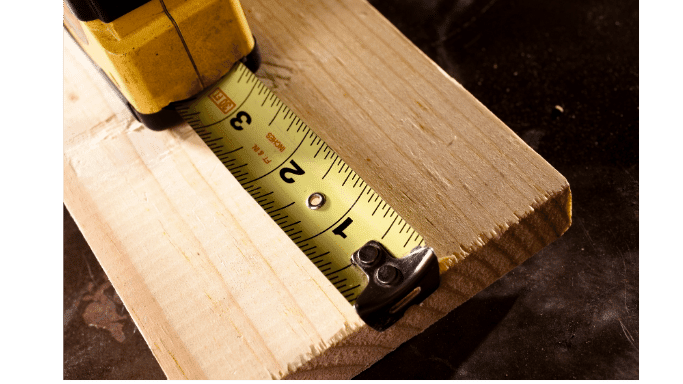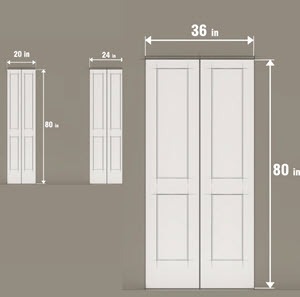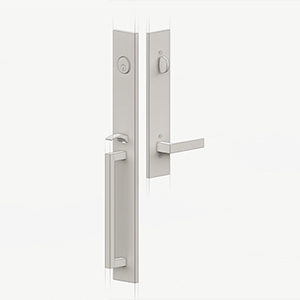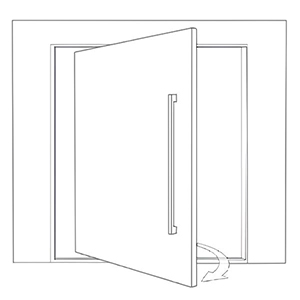How To Read A Tape Measure and Figure Inches and Fractions: An Easy-to-Follow Tutorial
- By Kambiz behjati
- Apr 20, 2023

Introduction:
Are you struggling to read a tape measure and understand the inches and fractions that come with it? Look no further! In this tutorial, we'll guide you through the process of reading a tape measure and figuring fractions, simplifying this essential skill that's commonly used in construction, woodworking, and sewing.
C) Further Divisions: 1/8 and 1/16:
Let's divide the inch into even smaller sections. By cutting the 1/4-inch sections in half, we'll reach the 1/8 line, with eight segments within our inch. These segments are 1/8, 2/8 (simplified to 1/4), 3/8, 4/8 (simplified to 1/2), 5/8, 6/8 (simplified to 3/4), 7/8, and 8/8 (simplified to 1). This can be a bit trickier, but you'll get the hang of it with practice.
D) Finally,
we'll reach the smallest mark on our inch, which is 1/16. There are sixteen separate lines within this section, each representing 1/16 of an inch. These segments are: 1/16, 2/16 (simplified to 1/8), 3/16, 4/16 (simplified to 1/4), 5/16, 6/16 (simplified to 3/8), 7/16, 8/16 (simplified to 1/2), 9/16, 10/16 (simplified to 5/8), 11/16, 12/16 (simplified to 3/4), 13/16, 14/16 (simplified to 7/8), 15/16, and 16/16 (simplified to 1). With enough practice, you'll become more comfortable reading these smaller fractions.
Tips to Remember the Divisions:
To easily remember the order of these divisions, keep in mind that the largest line is half an inch, followed by the 1/4-inch line, then the 1/8-inch line, and finally the 1/16-inch line. Practice using the tape measure and figuring fractions to become more comfortable with reading measurements. With time and practice, you'll be able to read a tape measure and figure fractions with ease.
Conclusion:
Mastering the art of reading a tape measure and understanding inches and fractions may seem daunting at first, but with this tutorial and consistent practice, you'll quickly become more confident in your ability to accurately measure and read fractions. So, grab your tape measure and start practicing today!

















